Wildlife photography tips – how does one cover a subject that is so broad and diverse?
Wild life can be anything from plants and fungi, rabbits hopping around in a city park, polar bears in the arctic or Africa’s Great Migration!
There is a great deal of wonderful diversity in this amazing world we live in and so much to see and photograph.
Sir David Attenborough has spent his life documenting and bringing this amazing diversity into our homes. Documentaries such as those he produces are motivation enough to get out and see this wonderful world for ourselves, a world that is fast diminishing.
The following are some broad guidelines for taking wildlife (animal) photographs.
Contents
Gain Experience Before Going Wild ... practice on what's on hand
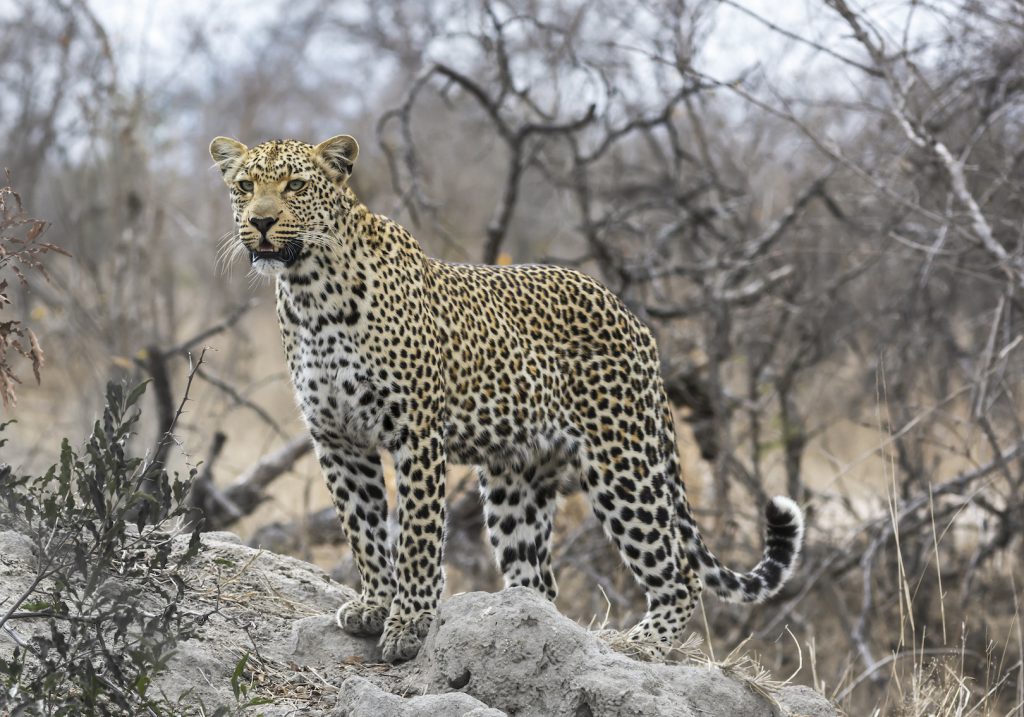
Wildlife photography can be pretty fast moving and hectic so you need to be prepared for anything and everything.
That doesn’t just mean your camera settings – it means a lot more that can only be gained with experience.
Befriend Someone Who Has Experience.
Seek out photographers who are themselves experienced at wildlife photography and talk to them. They’ve been through the learning curve and can pass on some invaluable tips and techniques.
If you are going on a safari or an arctic expedition chances are it will be with an experienced guide. Write to them well in advance of your travel date and ask them:
- What you can expect to experience/encounter?
- What clothes to bring (don’t forget to ask about shoes)?
- What camera would be best suited? (See paragraph further down for best wildlife photography camera)
- What lens do they recommend?
- Should you take two camera bodies?
- What other equipment should you bring such as spare batteries?
- How many memory cards
Visit Local Wildlife Sanctuaries, Zoos and Your Local Farmer.
Even a trip to the local park or pond will provide you with ample opportunities to practice your skills. In wildlife photography speed is often the essence – the animals are fast enough, are you capable of adjusting your settings to suit?
BIG TIP:
Study the animals and note their habits. Every species has something unique that they do as they are about to do something else. For example birds almost all dip their heads prior to taking off and inevitably take off into the wind. This is very helpful information in getting yourself into the best position and being ready when that moment arrives.
Domestic animals and other animals are all around us. Take your camera and head out to your local dog walking park. Opportunities abound with dogs running around and playing while chasing birds and ducks. Its not quite the real thing but will provide plenty of opportunity while having fun.
Zoos and animal sanctuaries are another place to visit to practice your skills. Compared to the real thing. the restrictive hours and well fed animals are a bit mundane but they do make for great practice in lighting and composition.
Approach a local farmer and ask him if you can photograph any wildlife on his farm as well as his domestic herd. I bet he would love it if you offered him the odd photo.
Best Wild Life Photography Equipment
What you will need will depend entirely on where you are going and to some extent your budget.
If you are going to the zoo, a sanctuary or the local park one camera body and one lens might do the trick.
If you are sitting in a bird hide out in the bush I would suggest two bodies with different focal length lenses.
A good (versatile) mid-range zoom of say 70-200 mm and a much longer one of say 150 – 600 mm would be ideal.
Budget really comes in when considering both a second body and good quality lenses that can cost a fortune.
With a tight budget consider hiring your equipment for a specific trip – this is a much cheaper option than buying and gives you the choice of using the best gear for a specific job.
If you are going on a once-in-a-lifetime experience of photographing polar bears, Africas Big Five, Africa’s Great Migration or bears catching salmon during the salmon run you really do want the photographs to be memorable.
On a recent photographic safari in South Africa I found that my 80-200 f2.8 on my Nikon D7100 was ample for the entire trip.
Most of the animal and bird photos seen throughout this site were taken with that combination.
For one series of bird shots such as the one of the blue waxbills shown here I had borrowed a Nikon D750 and a 500mm f4.0 prime lens (oh man talk about heaven!).
However this bird shot was while sitting in a comfortable bird hide with a gimbal. Hand-holding that combination of camera and lens would have been very difficult.
I think the important thing is to not over-think things and to accept that you won’t have the gear or the time to capture every single shot out there. Make the best of what you have.
I’ll talk about cameras in the next paragraph in a bit more detail.
Plan For Mishaps ... and pray they don't happen
The must have extra photography equipment to take along.
You do not want your trip to be a disaster due to unforeseen circumstances. Expect things to go wrong and plan accordingly.
- Take at least one extra battery for each body you will be using as well as your battery charger. Very, very important or cold weather climates.
- If you are visiting a foreign country be sure to take a power adaptor plug and check the power supply is compatible.
- Take plenty of of extra memory cards.
- If possible use a camera that has 2 memory slots and have the second card as a backup. Memory cards seldom fail but when they do it is never at a convenient time.
- Take a monopod along, at the very least, and a tripod if possible. You may never need to use either but having them is a comfort.
- Throw in a 1.4, 1.7 or 2.0 times teleconverter – you know just in case that lens you took along is a bit short.
- A good cleaning kit and several lens’ cloths.
- A journal – your time will be hectic and it is a great idea to jot things down every night to remind you of what transpired that day. This is particularly useful for bloggers.
The Best Camera For Wildlife Photography.
This section will be brief but I think needs it’s own place.
Obviously the best camera is the one you own but …
there may just be a better tool out there suited to a specific job.
Full-frame, crop sensor or mirrorless – each have their distinct advantages.
- Full-frame cameras are generally better in low light
- Crop sensors have the advantage of the extra 1.5 0r 1.6 reach over the full frame cameras
- Mirrorless cameras are smaller and great for travelling
Its all personal at the end of the day and any camera is only as good as the photographer. I’ve seen amazing photos taken with pretty ordinary cameras and pretty ordinary photos taken with top-of-the-range equipment.
See my post titled “Best Cameras For Wildlife Photography” where I uncover 9 models used by the world’s best wildlife photographers. (Not for the budget conscious!)
In my opinion the Nikon D500 (crop sensor in a professional body) outshines the rest.
- Designed specifically for wildlife and sports action.
- It’s a crop sensor and therefore has the reach.
- Performs equally or better than any other camera in low-light conditions with its Expeed 5 image processor.
- shoots at an incredible 10fps with a 200 shot buffer (just insane).
- Incredibly good native 51000 ISO (more insanity that has to be seen to be believed!)
- And for wildlife I do think having excellent video capabilities is essential.
But I am biased so take a look at the following video of comparisons between the Nikon D500, the Nikon D5, The Canon 7D MkII and the Nikon D7200 and decide for yourself.
The Best Lens For WildLife Photography
Like everything else this boils down to where you are going and what you will be photographing.
I’ve touched on some pretty basic lenses that worked extremely well for me on an African safari but I was able to get up close with some excellent guiding and positioning. I also had some excellent advice from the same guides prior to departure.
You may not have the same opportunities so I want to reiterate that you get as much advice from those who have experience.
Failing that one of the more popular wildlife lenses is the 150-600mm range, made by both Sigma (f5-6.3)and Tamron (f5-6.3) to fit either Canon or Nikon (and I think there are adaptors for other brands too).
If you buy/hire either of these two be sure to get the Sigma OS (optical stabiliser) version of Tamron VC (vibration control) version. Of the two the Sigma OS is more highly rated at as much as 4 stops better – that is a huge advantage in low light and fast action conditions.
Sigma further complicate things with a Contemporary and Sports Version of the this focal length. The Contemporary is smaller and almost half the price of the Sport and they jury is out on the quality difference. Reviews vary for both and if it is that close a call then the money may well be the deciding factor.
At the higher (much higher) end of the price range we have …
Nikon who make a 200-500mm f5.6 prime lens and Canon who have a 100-400mm f4.5-5.6 telephoto lens.
They’re both big heavy lenses, much heavier than either the Tamron or Sigma.
If you want something lighter and smaller then get a versatile 18-300mm or similar but be aware that low light and fast action will be greatly limited due to the lower technical specs.
My recommendation taking all factors into account would be the Sigma Contemporary if you feel you need that extra reach.
But first … check with those with experience in photographing at your intended destination and targeted species.
The Final World on Wildlife Photography ... an endless subject
So there you have it – lots of things to consider and much of it is based on skills.
Equipment is important but needs to be balanced with your budget and your ability to hold a big heavy lens and you have to be absolutely competent with using it.
Study and practice is the order of the day.
When you’re out in the field remember that animals are wild and unpredictable so please practice safety at all times.
I’d like to hear your wildlife photography experiences so please leave me a comment below and let’s have a chat.
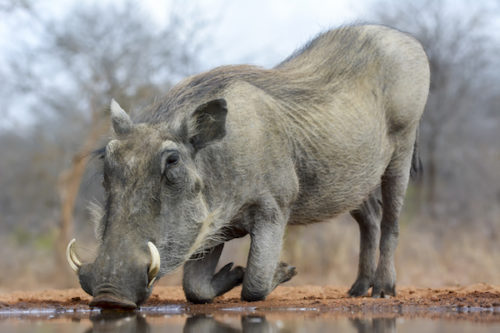
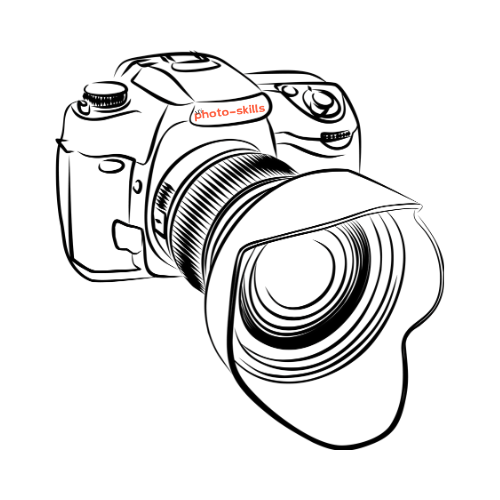

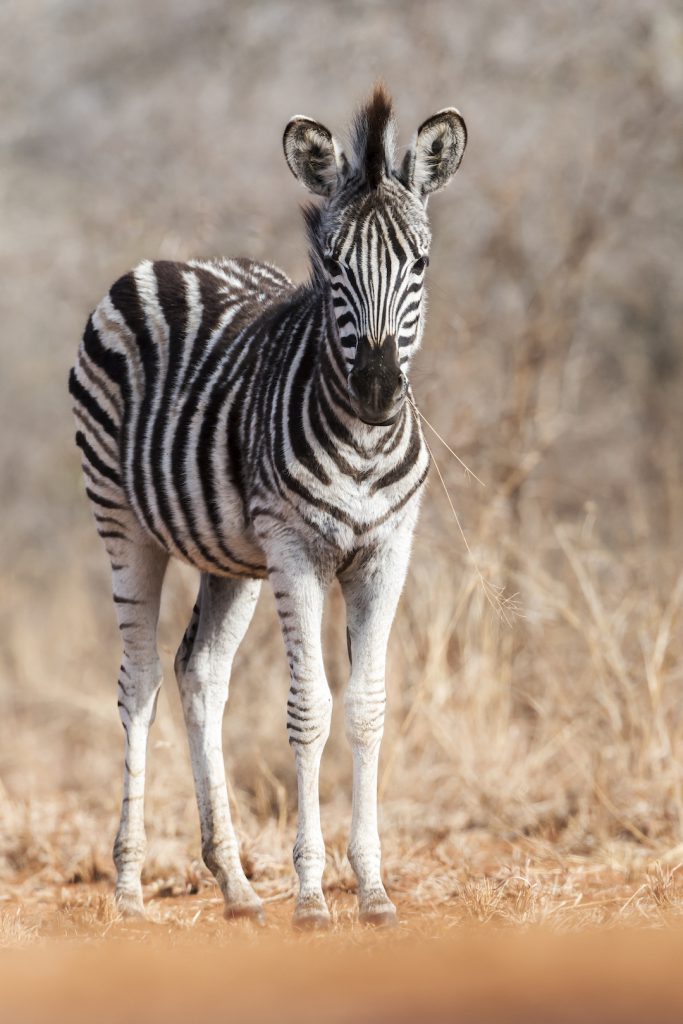
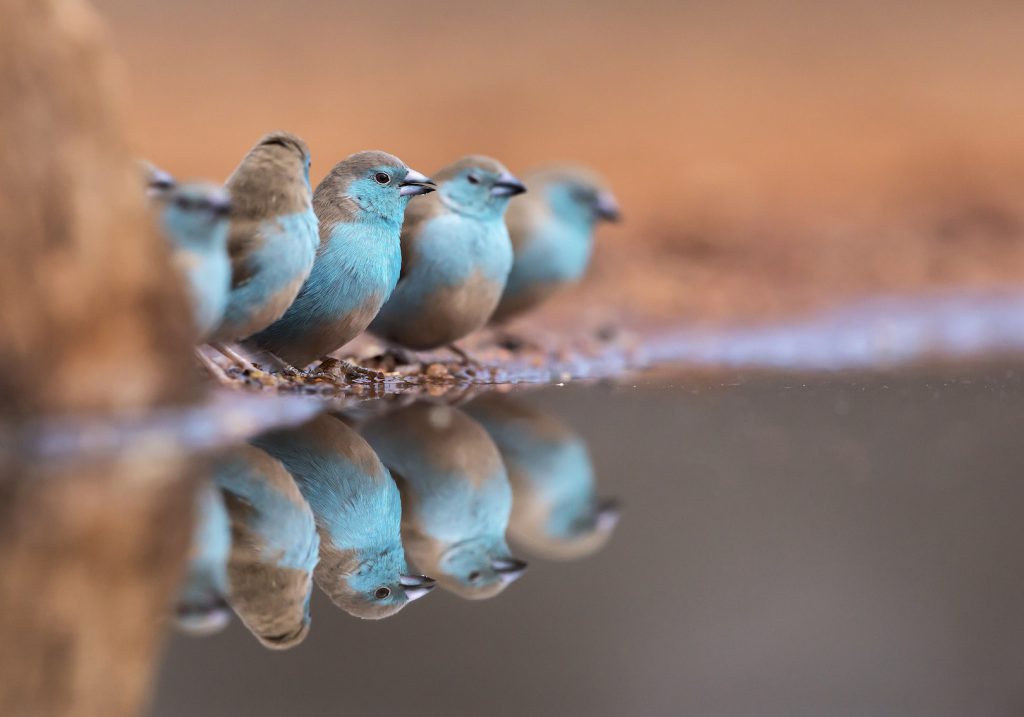
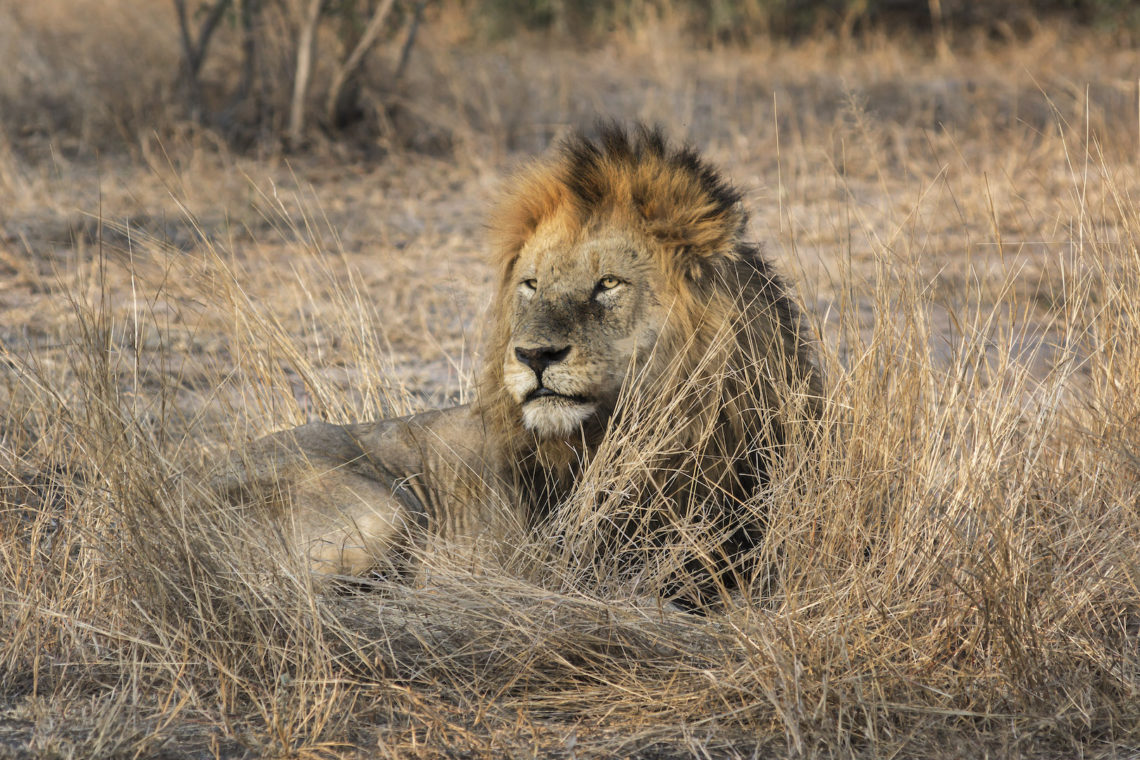
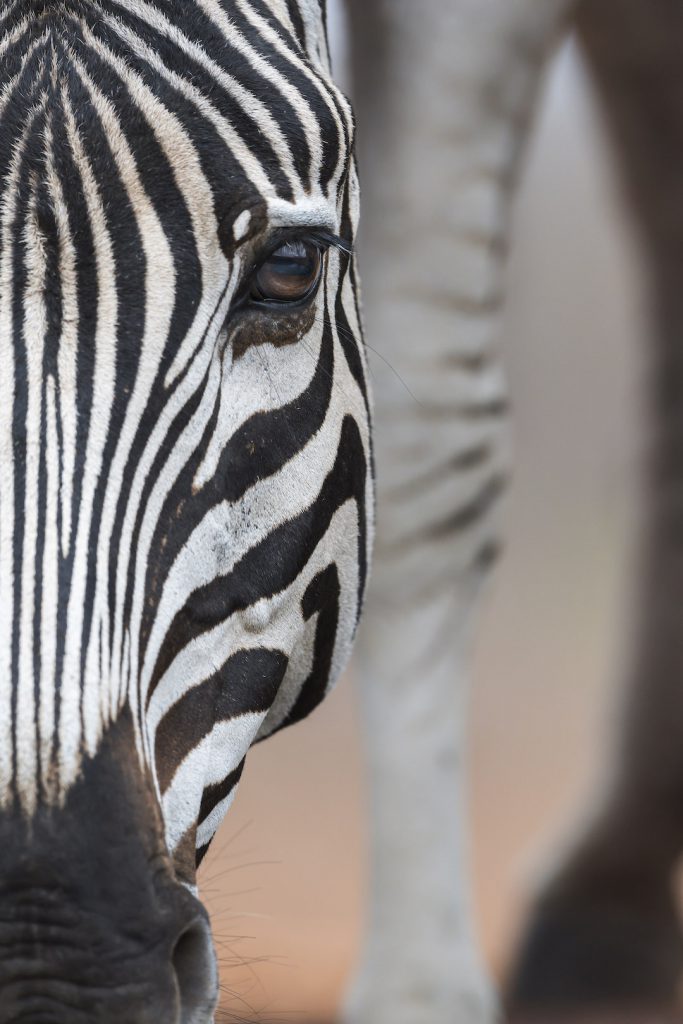
I’ve always been interested in photography and this is so cool and very interesting. It’s a lot that goes into taking the perfect picture. The fact that taking pictures is just amazing so I cant even imagine being able to do that in the wild. Very impressive and amazing experience. I wish I could do this one day. great article.
Thanks Andrea for your comments.
Like anything the more you do the more comfortable it starts to feel. I still sometime forget to change a setting back or turn something off.
Hopefully you get to go on a photographic safari one day.
Wow, your photos are gorgeous! I’m not going on safari (unfortunately), but am interested in bird watching and was hoping to learn how to take beautiful photos of them. I think it’s a great idea to go to a zoo or sanctuary first and practice. And thank you for all the recommendations. I probably would’ve forgotten half of what I need otherwise. Will have to look into buying a decent camera too. Do you think the Nikon is good for beginners?
Hi Petra.
Firstly thank-you for your compliments and your comments in general. They are very much appreciated.
I am delighted that you found the post stimulating and interesting. From your comment I am not sure if you read the article on photographing birds?
Nikon is a great brand but then the others are too. There’s a lot to love about Nikon and one of the things I really like is the wide range of lenses (from their original film days to the modern DSLRs lenses can be used).
Which one to buy is a matter of personal choice and budget. Plus, and it’s a big plus, how involved you want to get in the intricacies of photography. I have spent hours and hours and $$$$ and $$$$. If you just want to take happy snaps then it is a big outlay but if you want to immerse yourself in a particular genre then a Nikon mid to top-end camera is a great investment.
Now how do I persuade you to come on Safari in 2019 when I am once again taking a tour group to South Africa to the very place where many of these photos were taken?
Lawrence
Wow, Thank you so much for detail in giving these super powerful tips in Wildlife Photography. You really have taken the confusion out a subject that seems way more complicated on other sites. Not that I expect to be able to take brilliant photos off the bat but your tips and techniques make it sound so much more doable.
I really feel after reading this, I can truly up my game, with a bit of application and practice. That a great Video too. I think a D500 may be added to my wish list for xmas this year. 🙂
Many thanks for sharing your easy to understand knowledge.
Hey Ropata
I appreciate your comments my friend. Photography can be smothered in technical jargon and a totally foreign language to the average non-photographer.
Pleased to hear that my post has made things a bit clearer and hope to have you as a fellow photographer real soon.
A Nikon D500 is a dream machine. you’ll love it.
Cheers
Lawrence